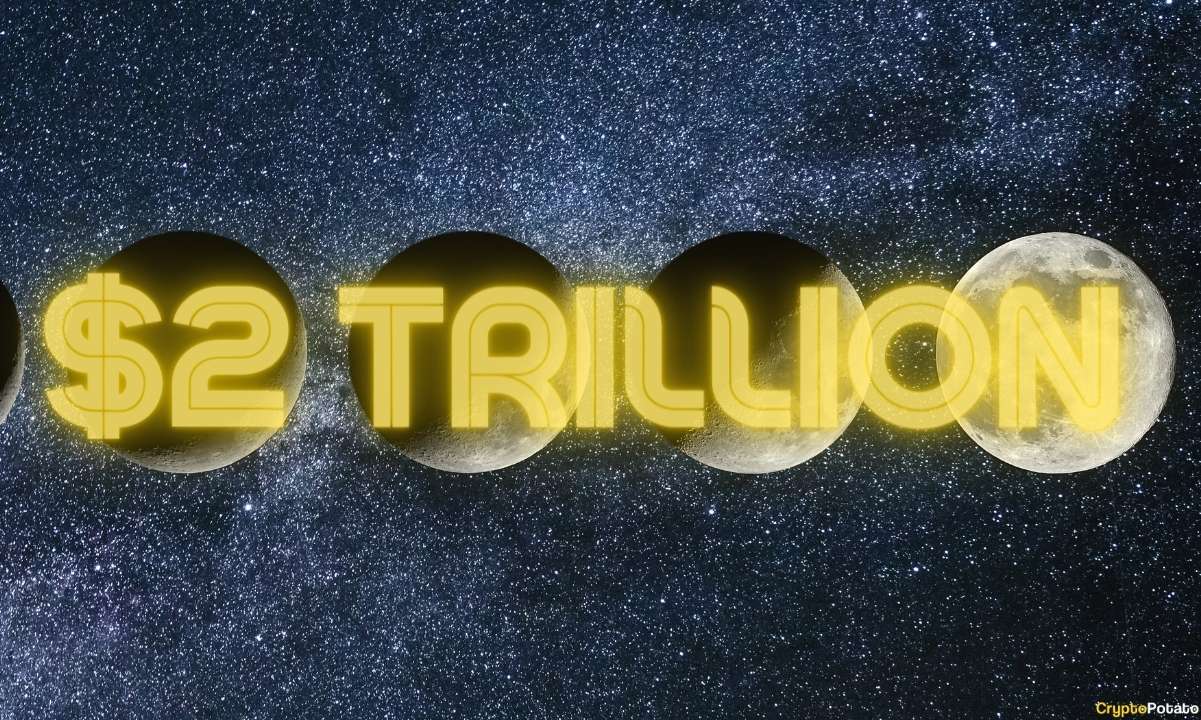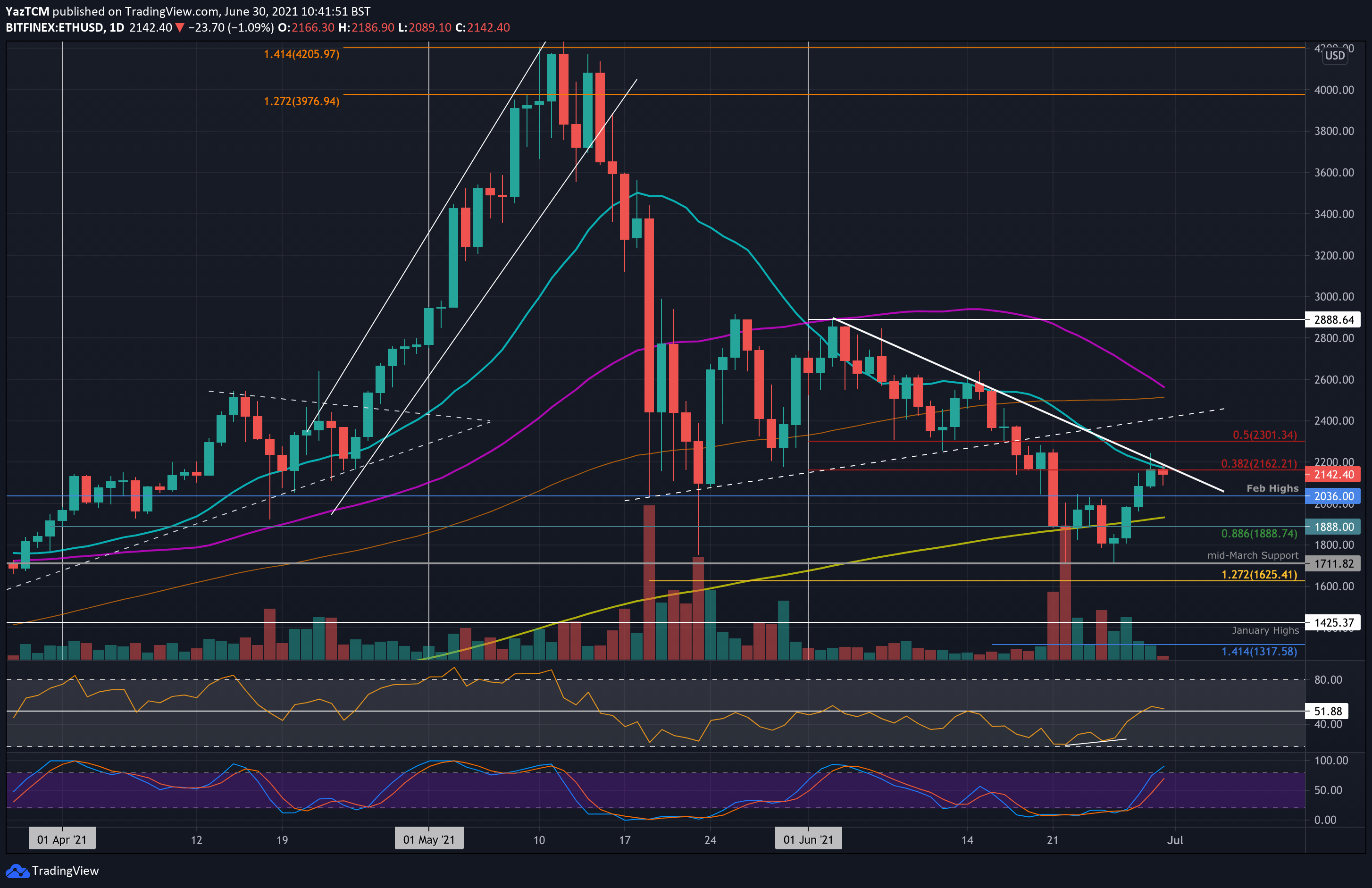Historical Data Shows that Bitcoin Rises 73% During Fall Season
It’s common knowledge that the movement in the price of Bitcoin is based on news releases or global events that often seem to have little to do with the crypto markets themselves. What’s often less observed is how Bitcoin prices are affected by the changing seasons of the year. Over the years, many investors have taken note of Bitcoin’s price movements during the winter, spring, summer, and fall periods, and have come up with some surprising conclusions about how investors behave throughout the year.
Although Bitcoin is relatively young as a traded asset, in its 10-year history, researchers have noticed that its price tends to decline around the start of the year. This pattern has occurred in 2012, 2013, 2014, 2015, 2016 and 2018.
This would seem only natural since at the end of each year we generally experience a price rally.
End of the year’s rally?
Looking at the following historical data, we see that the average increase and decrease of Bitcoin’s price over the past 5 years for every month of the year.

From this table, we can clearly see that in the winter season (from January to March – quarter 1), there is a decline of 20.15% in the accumulated 3-month average price of BTC. During the spring (from April to June – quarter 2), the price increases by 45% on average. In the summer (from July to September – quarter 3) BTC’s price increases by just 3.63%, and finally, in the winter (from October to December – quarter 4), we see the greatest increase of 73%.
This data supports the idea that the end of the year always seems to bring about increased optimism in the crypto markets. The 2013 stats are incomplete and were not included in the accumulated average. However, if they were, they would support the same narrative which makes the data even more compelling.
Although there is no clear reason for this, many attribute it to what is known as the ‘Santa Clause Rally’ or ‘December effect’, where there is a rise in stock prices in the month of December, particularly during the final week of trading prior to the new year.
“The rally is generally attributed to anticipation of the January effect, an injection of additional funds into the market, and to additional trades which must be completed, for accounting and tax reasons, by the end of the year. Another reason for the rally may be fund managers “window dressing” their holdings with stocks that have performed well.”
These annual December rallies in the stock market have likely had a ripple effect on the crypto markets each year. We also suspect that an end of the year rally has simply become a self-fulfilling prophecy amongst traders. In other words, if enough people anticipate a price rise during the month of December, then they will buy more Bitcoin in December, thereby making the price go up.
Conclusion
As the demographic of crypto traders continues to expand and diversify across global markets, it will be interesting to see if these seasonal trends continue to hold true in the years to come. For now, arming yourself with this information can be helpful when making swing trade or long-term investments in Bitcoin.
The post Historical Data Shows that Bitcoin Rises 73% During Fall Season appeared first on CryptoPotato.









